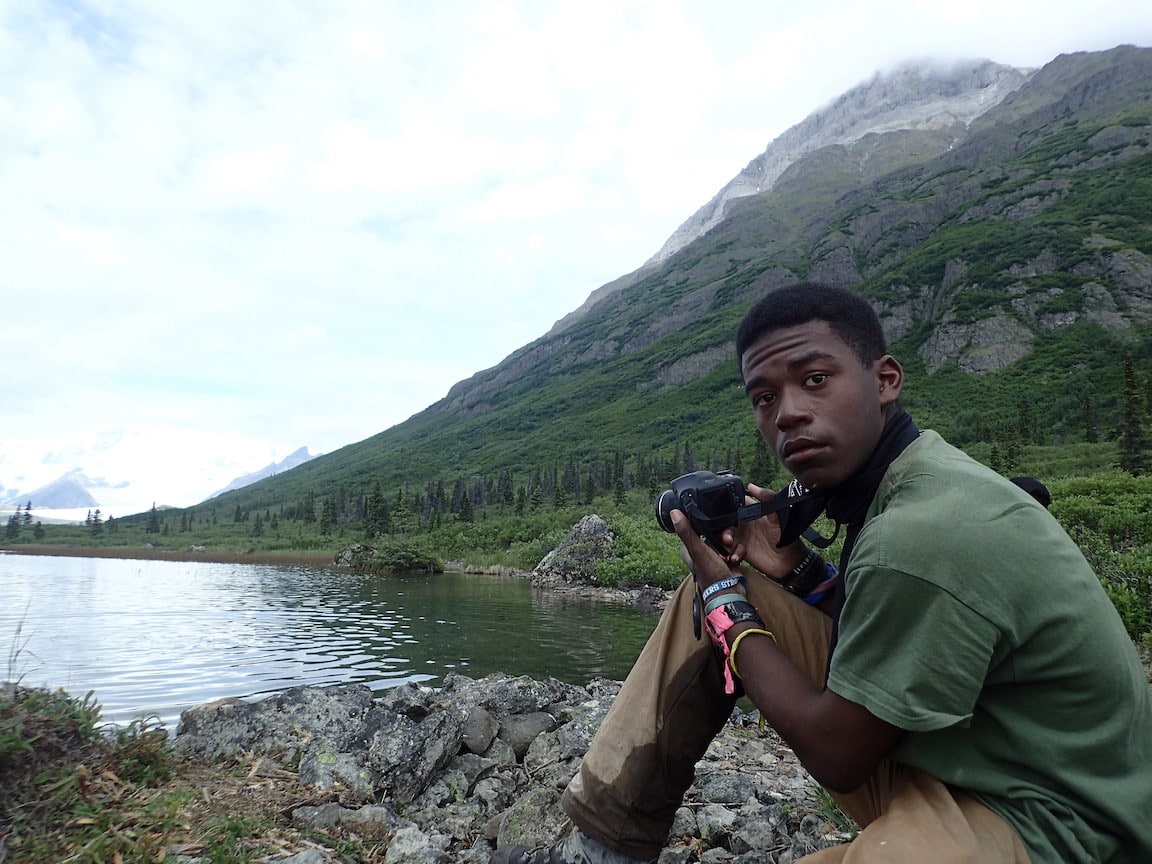Here’s an exchange that recently occurred between a tourist and myself:
“What kind of camera do you use?”
“What?”
“What kind of camera do you use to show people what you’ve done?”
“I don’t,” I replied as I stepped onto the beach, board tucked under my arm, ready to paddle out to the surfline.
The woman appeared a bit confused by my answer, possibly perplexed that I wasn’t carrying a GoPro or waterproof camera on my morning adventure.
I recall as a kid we used to watch documentaries in school and read articles about cultures where the inhabitants refused to be photographed for fear it would steal their souls. We were amazed — and a little amused — that a primitive tribe or ancient community could believe that a small box that lets in light could actually snatch a soul.
Nobody’s stealing souls, we said. We all just seek memories. Something to show others where we’ve been and what we’ve accomplished, uncovered or learned. And, while flipping through magazines, that’s what we saw. Other people’s adventures.
But today, things are becoming a little more like the tribes fearing the loss of their souls.
Whether in the surf, on the trail or gazing at the pristine surroundings from atop a mountain, we’re constantly surrounded by people actively “documenting” the occasion. Instead of quietly taking in the views or enjoying the experience, these shutterbugs have gone to the extent of actually scripting and choreographing their shots. Where’s the soul in that — a fabricated perfection?
There is art and beauty in photographs and film. Most of us enjoy looking through magazines and coffee table books, enjoying well-composed and beautiful photo essays. Some of these images serve to promote a product and lifestyle with the end goal of making a sale.
Others are true documentations, illustrating the talent of the photographer and the amazing outdoor subject within the photograph. But how is all this documentation affecting our enjoyment of the outdoors? Are we intruding on other visitors?
Are we forgetting the experience of just being outside, soaking in nature’s wonders? Do we absolutely require photographic proof that we’re having fun or accomplishing something “important?” Even our camping gear and equipment now comes with camera mounts and we strap GoPro-like cameras on our bikes, surfboards and helmets. It’s become the norm — the uniform of the day.
As I paddle out from the beach, I hear an annoying buzzing sound above me and spot a camera-laden drone strafing the surf breaks like a dragonfly in a field of midges and mosquitoes. Looking back at the shoreline, I spot dozens of beachgoers, cellphones held up to their eyes, snapping shots of sandcastles, bocce ball and beach towels.
We’ve all taken pictures to show off to our friends or post on social media. But in the end, many of these experiences never quite transfers all that accurately. Part of the problem is that not all of us are fantastic photographers or filmmakers.
But what’s really missing in a photograph is the smell of salt air, or the feeling of a cool wind under your feet. Or what was heard by the lightning crackle and the thunder boom during a sudden thunderstorm. Or the feeling of holding your breath underwater and looking up as a wave passes over you.
Nope. In those instances, and more, photos just aren’t going to cut it.
When it comes to photography and the outdoor and adventure education programs we facilitate here at The National Center for Outdoor & Adventure Education, we’ve always understood the importance and the impact of leaving the modern world behind. It’s what our students and clients expect.
In an ideal world and perhaps at another time, we’d say:
- Let’s return to being wild from time to time.
- Let’s engage in nature in the most personal levels we can achieve.
- Let’s have conversations about what we haven’t seen so we can listen to the words from a friend about their experience with their emotions helping us draw beautiful images in our mind.
But this is the here and now, and the picture’s not all that clear. Photos are, quite frankly, the currency by which we tell stories and demonstrate what it means to be wild, engage in nature, and converse about past experience.
In the end, we advocate a love of heading out, getting lost in experiences, and using mental and emotional memory to document, refresh and renew. Great memories of mistakes we make turn trips into adventures. You can’t delete those from your memory or edit them out. It’s just those experiences that keep us packing up and heading out for more.
Documentation isn’t a bad thing. But keep in mind that moderation is the key. Feel free to lose yourself in the experience and be wild — leaving some room for the soul to be nourished.
– – – – – – – – – – – – – – – –
About the Author: Stephen Mullaney is the staff development director at The National Center for Outdoor & Adventure Education (NCOAE) in Wilmington, N.C., where he is responsible for the training and education of NCOAE’s field instructors. He is a member of the North Carolina Association of Educators (NCAE) and has taught within the Durham, N.C., public school system. Stephen received his undergraduate degree in English from Framingham State University, and his Master’s Degree in Education from North Carolina Central University.
TALK TO US
Have any further questions about our courses, what you’ll learn, or what else to expect? Contact us, we’re here to help!

Leave a comment